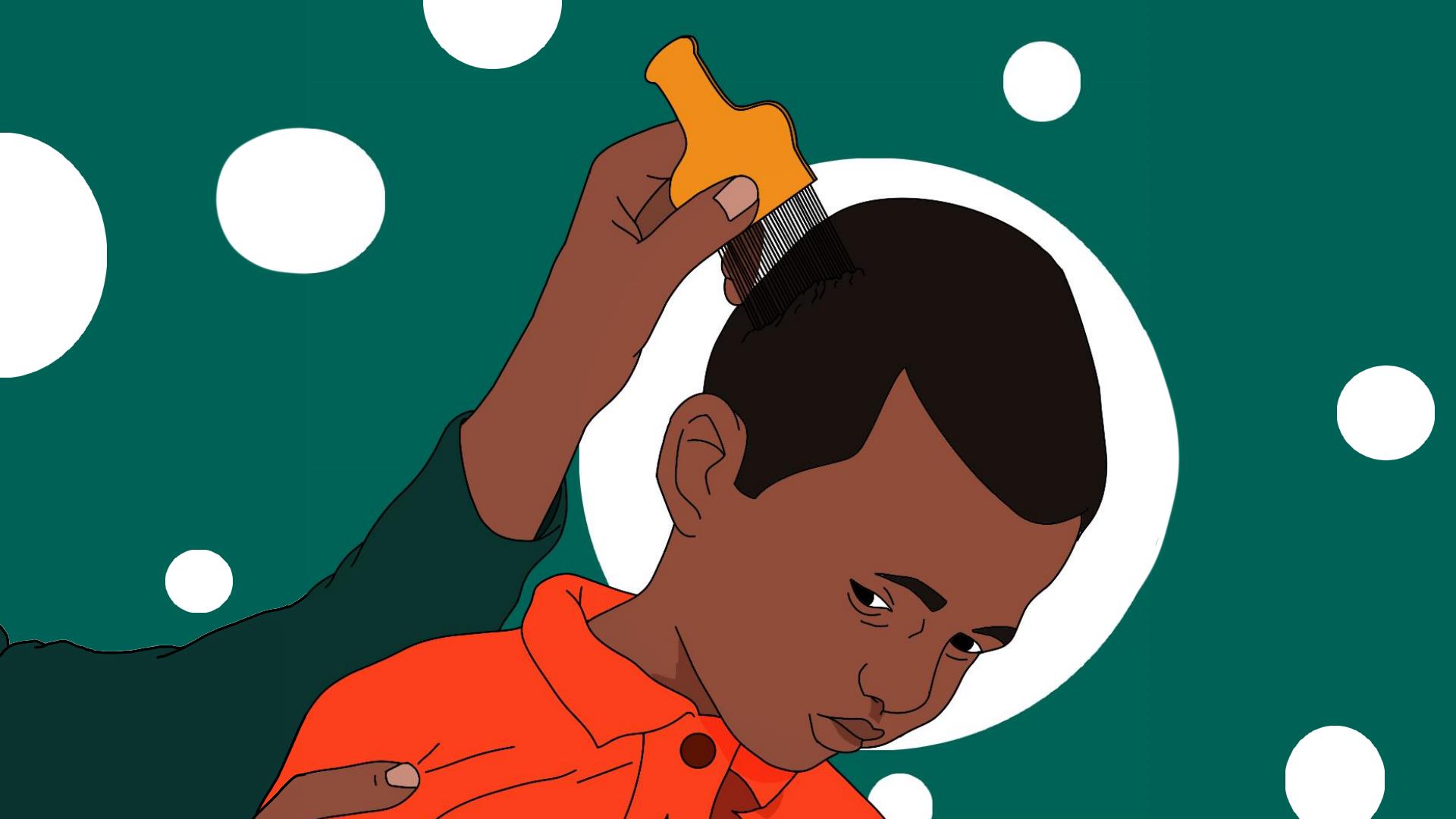🎧 Listen to: Lice

Lice
What are lice?
Lice are tiny parasites that attach themselves to human hair and feed on blood from the scalp. They can be a nuisance but are not dangerous if treated properly. There are three main types of lice:
- Head lice: The most common type, often found in school children.
- Body lice: Live on clothing and transfer to the skin to feed.
- Pubic lice (also called “crabs”): Found in the pubic area and can spread through close physical contact.
Lice are about the size of a sesame seed, making them hard to see. They multiply quickly and lay eggs (nits), which stick to the hair.
How common are lice in Africa?
Lice infestations are a widespread problem across Africa, especially among children in densely populated areas. Overcrowding, lack of awareness, and sharing personal items like combs, hats, and pillows contribute to its spread. According to some studies, as many as 40% of schoolchildren in certain African communities have had head lice at some point.
Although lice are often linked to poor hygiene, anyone can get them, regardless of cleanliness. It’s important to understand that lice spread primarily through direct contact, not because someone is dirty.
How do lice spread?
Lice do not fly or jump; they spread through:
- Head-to-head contact: This is the most common way children get lice, especially when playing, hugging, or sitting closely together.
- Sharing personal items: Hats, scarves, hairbrushes, and bedding can transfer lice from one person to another.
- Unwashed clothing: Body lice can live in dirty clothes and move to a person’s skin when they wear them.
- Sexual contact: Pubic lice are spread through intimate contact and can also be found in eyelashes and armpits.
Signs and symptoms of lice?
Lice cause itching and discomfort. Look out for:
- Constant scratching of the head, neck, or body.
- Tiny white eggs (nits) attached to hair strands.
- Small red bumps or sores from scratching.
- A crawling sensation on the scalp or skin.
If left untreated, scratching can lead to infections.
How can lice be treated completely?
Treating lice requires patience and a step-by-step approach. Follow these three steps:
Kill the lice
- Use a medicated shampoo (called pediculicide) available at pharmacies.
- Follow instructions carefully and avoid washing hair for 24-48 hours after treatment.
Remove the eggs (nits)
- Use a special nit comb to remove eggs from the hair.
- Apply olive oil or coconut oil to loosen the nits before combing.
- Repeat combing every 2-3 days for at least two weeks.
Prevent reinfection
- Wash all clothes, beddings, and towels in hot water and dry in the sun.
- Soak hairbrushes and combs in hot water (54°C) for 10 minutes.
- Keep long hair tied to prevent contact.
- Avoid sharing personal items such as combs and hats.
How to treat your home to prevent lice?
Lice can only survive for 1-2 days without a human host, so deep cleaning is key:
Wash clothes and beddings in hot water and dry them in the sun.
Vacuum and sweep floors to remove any lice that may have fallen.
Air out furniture and mattresses in direct sunlight.
